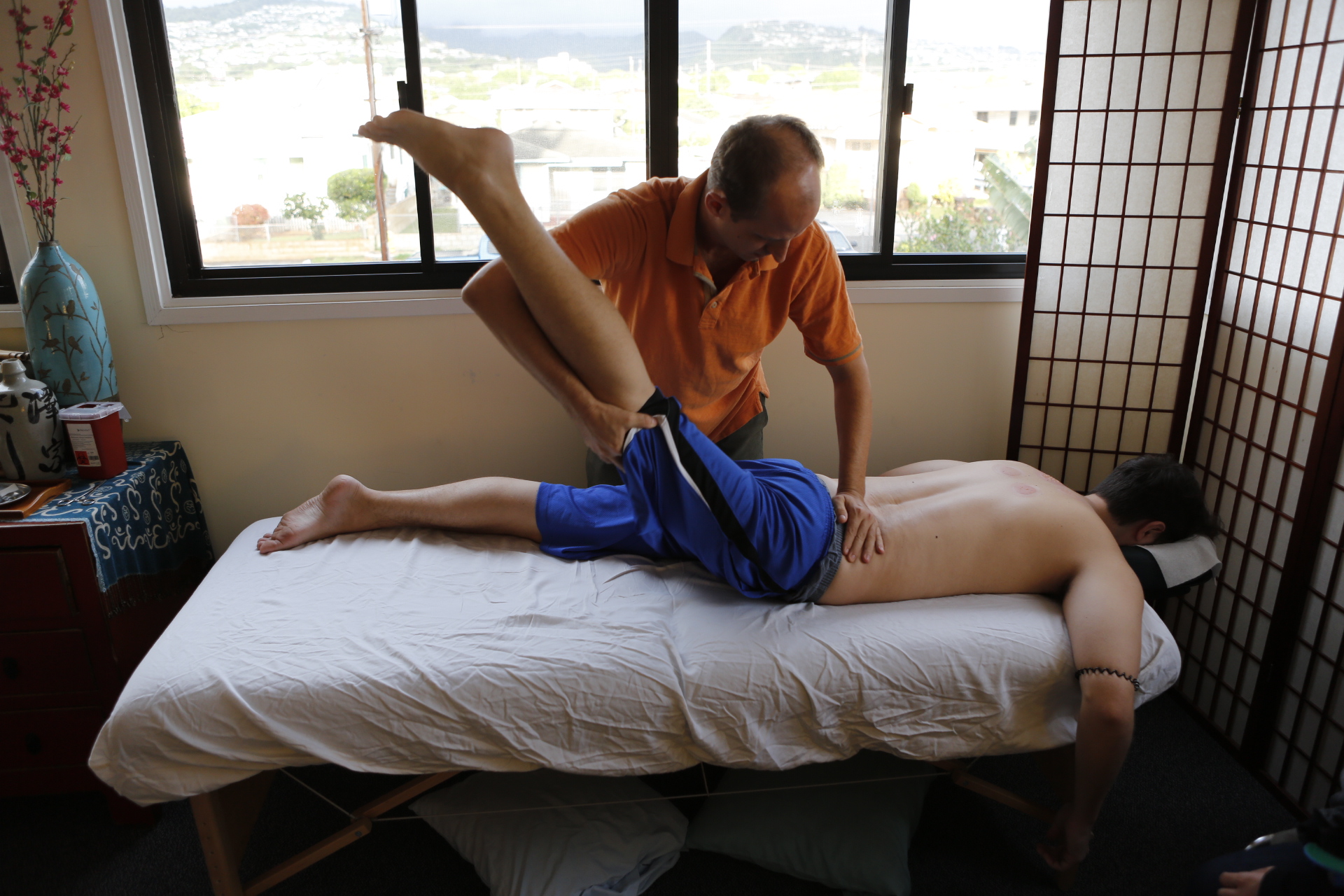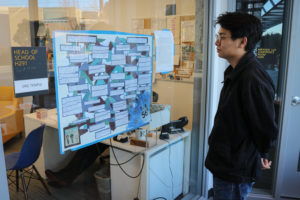When we are sick or injured, we often turn towards a doctor for help. According to a study done by the University of Colorado, 75 to 90 percent of doctors’ visits are to address stress-related ailments. Searching for ways to avoid excess doctor’s bills and to improve their overall mental wellbeing, many people have found that alternative forms of medicine such as meditation and yoga reduce stress, however, the support is often anecdotal. Kelly Ryan, Joe Bright, Sharanjit Sandhu and Humaira Ghilzai practice forms of alternative medicine and have seen drastic improvements in their health, both physical and mental.
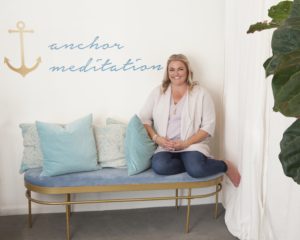
photo courtesy of Kelly Ryan
Ryan fell in love with meditation during a mindfulness class at a spa retreat. In the class, the teacher said something that really stuck with her: “If you are wishing for the past or any different than the present moment, you are living in the past. If you are experiencing any worry or anxiety, those don’t exist in the present moment.”
These words prompted Ryan to begin to meditate for ten minutes each morning before her family woke up. She quickly noted drastic changes in her overall wellbeing.
“I was sleeping way better and felt a lot more focused and productive and in touch with myself,” Ryan said. Additionally, the pain from her psoriatic arthritis disappeared. Through research, Ryan discovered that meditation helps humans rewire neural pathways and change thought patterns, often helping with autoimmune diseases.
Various studies prove that meditation can reduce anxiety, improve concentration, and help with memory recall.
“Bringing awareness to how we are feeling and breathing in the present moment is very supportive,” Ryan said. “Your breath is the only organ in your body that you can control and it is really important for teenagers to learn to use their breath to calm their nervous system. Your breath is free and always available to you…The purpose of meditation is not to stop thinking, but to notice your thoughts.”
She recommends long inhales, breathing in and out of the belly and lengthening the exhale to be longer than the inhale when feeling stressed.
The dramatic results from her own meditation prompted Ryan to open her own studio, Anchor Meditation in the Marina. The hours are easily accessible for working adults and students. Ryan recommends the Yoga Nidra or “sleep yoga” class, a guided body scan that is equivalent to four hours of deep sleep, for stressed teenagers.
Raúl Betancourt, a chemistry teacher at Lick, starts each of his classes with one minute of meditation. Betancourt tells his students to relax and breathe during this time to start class on a positive note.
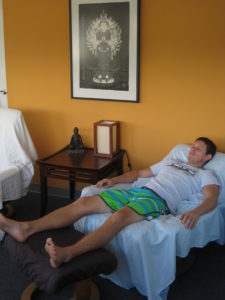
photo courtesy of Joe Bright
Meditation is also a common practice in traditional Chinese medicine, alongside practices such as tai chi and acupuncture. Bright owns two Chinese medicine clinics in Hawaiʻi and, like Ryan, found that once he began practicing, many of his physical and mental ailments faded.
32 years ago, Bright, faced with an unknown tooth issue, did what many of us might do: he sought the help of a dentist. Leaving the dentist’s office no better than he went in, Bright remembered hearing that Chinese medicine was something affordable. He found himself at an herbalist in NYC Chinatown. “I got herbs for two weeks and fixed up my tooth,” Bright said. This herbalist also led him to the man who would become his teacher, Dr. Mou as Bright calls him.
Bright went on to attend the American College of Traditional Chinese Medicine in San Francisco before opening his own clinic in Hawaii, where he is from.
Thinking about making patients of all ages comfortable, Bright said, “I use traditional pulse reading so that’s kind of how I break the barrier,” with the patient. “I can feel someone’s pulse and I know how their sleeping is, I know if they’re overthinking or overworked, I know if their digestion is off.” Bright can know all of that, just by touch.
Bright works frequently with adolescents, who can feel extremely stressed on a daily basis. “To feel deeply relaxed in the body can be a very potent sensation,” Bright said. “The body has its own wisdom. If you treat the body, it helps the mind…it helps the regulations in the body smooth out.”
Bright recounted a story from when he was young. He had been in a car accident and was experiencing headaches months later. He went to the doctor and learned that his neck and back muscles were spasming. “And all he could suggest was… painkillers, muscle relaxers, and that’s the part that didn’t really make sense to me, you’re telling me you can’t do anything?” Bright stresses that Chinese medicines, like acupuncture and herbalism, can help restore the body’s natural balance, especially when coupled with other techniques like tai chi and meditation.
Traditional Chinese medicine is not the only non-Western healing practice used to restore a sense of presence and calm. Personal-trainer-turned-yoga-teacher Sharanjit Sandhu recalls her first experience with yoga, “I felt very calm and relaxed and very integrated for the first time. Like I felt like I was really inside my body and taking care of it.”
Sandhu studied exercise physiology in college, she also exercised regularly and pushed herself as a runner. Practicing yoga, Sandhu says, is just as physical and challenging as running, but the motion of your body isn’t forward, it’s inward. “It really is an internal practice where I was able to move in my body rather than move with it,” says Sandhu. “If you’re in pain, typically you would not want to experience that pain, jump out of your body, not be there,” says Sandhu, with yoga “you have to kind of be with that area that hurts and really place your mind’s attention on it, and that can create healing.”
As an athlete, Sandhu believed yoga wouldn’t be a challenge. Yet, she describes feeling unable to hold herself strongly in the “isometric holding poses,” even though she had been lifting weights for some time. It was the physical challenge of yoga that inspired Sandhu to stick with it.
Sandhu attended yoga teacher training school at Piedmont Yoga Studios for two years learning the Iyengar style. She began her business after also studying in India.
In a world filled with distractions and stress, Sandhu says that Yoga can really help by “giving people an opportunity to disconnect from their smartphones or simply taking a break from their hectic lives or busy minds.”
This healing is not only for physical injuries. College students that Sandhu has taught remark that they often feel relaxed and better able to concentrate and experience a state of peacefulness. Sandhu states that high school students could also see the same benefits.
“Yoga itself is self-realization. It’s a study of self whether it’s your body, your mind, your emotions,” and that study, Sandhu remarks, can be the key to releasing anxiety, lifting sadness, and washing away stress.
Intuitive healer and spiritual guide Melinda Iverson Inn also began her journey to healing with an ailment.
Inn suffered from severe asthma for much of her early life and at the time when she was a child, western medicine hadn’t yet developed many of the treatments for asthma we have today. The inhaler wasn’t around until Inn was 16 years old and they didn’t even know she was allergic to milk until she was 10. Because of all of this, Inn spent a lot of time as a child being sick, going in and out of hospitals, all because they didn’t understand what was wrong.
As she grew up, as Inn puts it, “western medicine began to catch up to me.” Steroids were now an option for her alongside other modern treatments. She became “sort of a guinea pig for the western medicine available at the time.” Throughout all of this, Inn always felt that there should be something more available for her in terms of healing.
Now, many years later, Inn specializes in healing using dowsing (a type of divination, often implementing a tool like a pendulum) and also practices Reiki.
Inn was first introduced to a dowser when she was in her late 30s, still suffering from asthma, and describes her experience healing with him as “intense.” “It was amazing how easily he could tap into what was happening with me,” Inn recalls. She went on to work with him for 9 years and eventually began to learn to heal from him.
Inn had already been a medium and an empath doing readings for her church, so learning from her dowsing teacher felt very natural. Inn recounted, “though my pain wasn’t alleviated until much later, working with him was like the unfolding of a lotus flower. I found a new petal would open each time, and many years later… I blossomed.”
Inn began her own healing practice in 2004 and describes one of the aspects of her practice, “There are channels for a greater healing intelligence that I can connect them,” her client, “to, whether that’s God, angels, spirits, whatever.” For Inn, it isn’t just about physically getting well, it’s about healing yourself and discovering yourself. “The physical body has an intelligence to heal itself and it does everything it can,” Inn said, mirroring Bright, that once you heal the mind, the body takes care of the rest.
Inn concluded by sharing some of her thoughts about stress and anxiety in Gen Z. “Gen Z is ahead of the curve,” she said, “you’re the change makers, you’re spiritual, you don’t have those cloudy blocks put on you by cultural norms… you’re looking at things as a whole.” Inn stressed that “energy affects matter and your body is energy and matter.” She says that “for people who are highly sensitive beings, they feel the war and the pain in the world and they think there’s something wrong with them.” Inn says that for one such person, she could help them “neutralize the negative collective unconscious.” Looking to a higher power she says, “just ask, and you will feel better.”
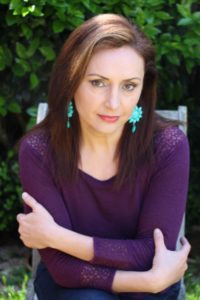
photo by Sutter Morris
After countless sessions with a physical therapist and doctor’s appointments, Humaira Ghilzai knew she had to try a new form of medicine for her chronic shoulder and neck pains. Already an avid meditator and Qigong–a traditional Chinese medicine–student, she signed up for a reiki session with Caroline Vigery. Several sessions later, Ghilzai committed to learning reiki and began her first training.
Reiki is a Japanese healing process where the practitioner channels the energy from the universe and passes that same energy on to the person they are healing. To become a practitioner, one must go through the process of attunement in which a reiki master opens the student to receive the universe’s energy.
Some reiki healers have a methodical process by which they move through each of the seven chakra–energy centers in the body–whereas other healers, like Ghilzai, use intuition. Intuitive reiki is when the reiki master gives healing energy to the chakras on the body that they are energetically pulled to.
“When I start reiki and my eyes are closed, I feel like I need to start somewhere. Sometimes the head or stomach. Intuitively I know where to go,” explains Ghilzai. She explains that some chakras are dimmer than others and need focused time to heal.
One of Ghilzai’s patients asked for help relieving anxiety regarding an important presentation at her workplace. Moments after the practice started, Ghilzai saw images of thousands of hands grasping at the recipient’s neck. She spent the entire session working on the patient’s neck chakra, clearing all of the dark energy. At the end of the session, “she [the patient] was propped up by all of these people because the message she had to share was about sexual harassment in workspace and that by opening up, she was going to help a lot of people… she felt as though she had a weight lifted off her and she finally had permission to speak her truth.”
This spring, Ghilzai will complete the third and final step towards becoming a reiki master.
In recent years, at least since the early 2000s, non-western medicine has come into the spotlight for everyday people as a valid means of healing. People like Dr. Andrew Weil have preached the benefits of “integrated” medicine, a combination of western and non-western practices. On his website, Weil says that he believes integrated medicine is “the future of medicine and health care.” Academic medical publications from institutions like Harvard and Stanford have also begun to acknowledge these same practices. The Harvard Medical School has published short writings in its journal about the benefits of practicing tai chi.
Apps such as Insight Timer, Calm, and Headspace are also a great way to integrate techniques like meditation into your everyday life. Ryan started to practice mindfulness by putting reminders on her phone several times a day to bring awareness to her body and breath.
Across all the different practices of non-western medicine, one key difference became apparent that sets them apart from the western practice: where the power to heal lies. The western practice says that the doctor is the one who heals you, but Bright, Ryan, Sandhu, Inn and Ghilzai believe otherwise. Ghilzai explains it best, “we all have the innate ability to heal ourselves… a lot of time what causes our aches and pains is unprocessed pain, fear, and trauma…because we live in the Western World where everything is about either suppressing your feelings or burying your feelings with alcohol, cigarettes, and drugs, we do not learn we have this ability to heal ourselves.”



